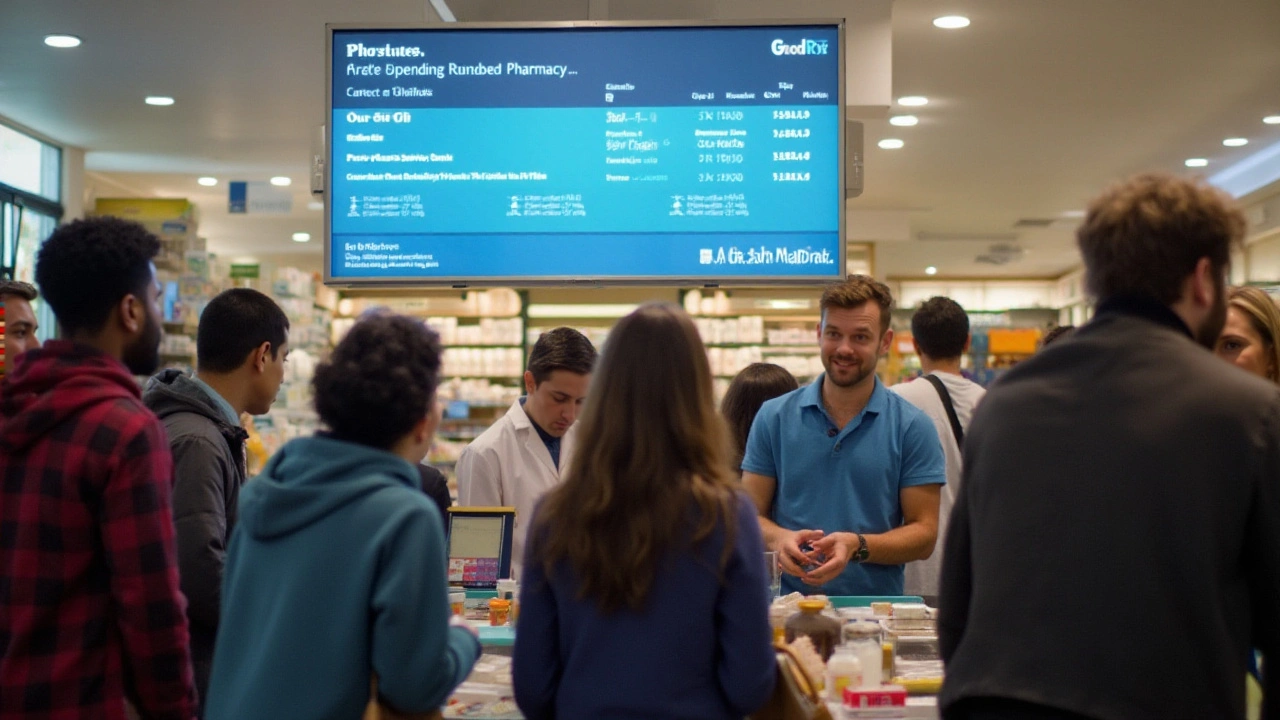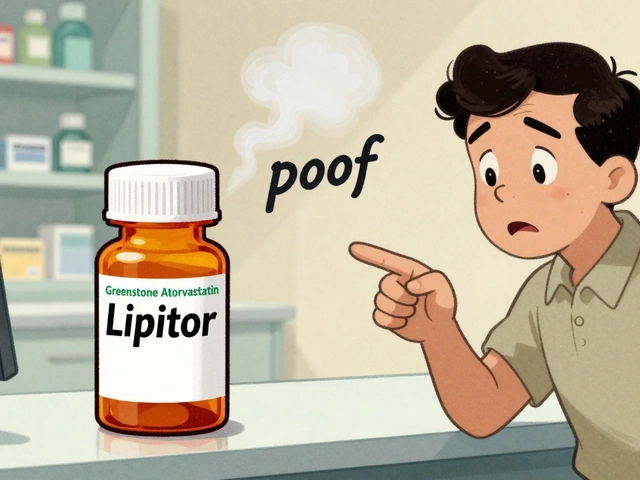GoodRx Alternatives – Save on Prescription Costs
If you’ve used GoodRx, you know it can cut a lot off the price tag on meds. But the app isn’t the only way to get a discount, and sometimes other options work better for your pharmacy, insurance, or the specific drug you need. Below you’ll find the most reliable free programs, a quick way to compare them, and tips for picking the one that fits your routine.
Top Free Programs & Websites
Blink Health lets you buy a prescription online for a fixed price that’s usually lower than the retail cost. You order the drug, pay the discounted price, and a partner pharmacy ships it to you. No coupons, no insurance needed.
SingleCare works like a digital coupon book. You search for the drug, click to reveal the discount code, and show the code at the pharmacy counter. It covers many brand‑name and generic meds, and the savings are instantly visible on the site.
WellRx offers a free discount card and a mobile app. The card works at most big‑box pharmacies, and you can stack it with manufacturer coupons for extra savings.
RxSaver aggregates prices from multiple pharmacies in real time. Type in the drug name, zip code, and it shows you the cheapest price nearby. You can also print a coupon or use the phone app.
Manufacturer Coupons are still a gold mine. Search the drug’s brand website for a printable coupon or ask your doctor for a free sample. Those coupons often cut 50% or more off the list price.
Local Pharmacy Discount Cards – Many chains (like CVS, Walgreens, and Walmart) have their own loyalty programs that give you a few dollars off each prescription. Signing up is free and the savings add up quickly.
State or Non‑Profit Programs – Some states run programs that negotiate lower drug prices for residents who meet income guidelines. Check your state health department for eligibility.
How to Pick the Right Discount Option
Start by writing down the exact name, dosage, and quantity of the drug you need. Then pop that info into two or three of the tools above. Compare the final out‑of‑pocket price, not just the discount amount, because some programs hide fees.
Consider where you’ll pick up the medication. If you’re heading to a big‑box store, a card that works chain‑wide (like WellRx) is handy. If you prefer a local independent pharmacy, use RxSaver or Blink Health, which show price differences by location.
If you have insurance, check whether the discount program can be used alongside your plan. Some insurers treat discount cards as cash payments, which can be cheaper for certain generics but more expensive for brand‑name drugs.
Read the fine print. Look for expiration dates, quantity limits, and whether the discount applies to the exact strength you need. A coupon that works for 10 mg may not help you with a 20 mg prescription.
Finally, don’t rely on just one source. Your best price today might be different next month, so keep a habit of checking two tools before you fill a script. The extra five minutes can save you $20–$50 on a typical prescription.
Bottom line: GoodRx is useful, but a mix of Blink Health, SingleCare, manufacturer coupons, and local pharmacy programs often beats it. Try a few, compare the numbers, and you’ll keep medication costs under control without any hassle.





